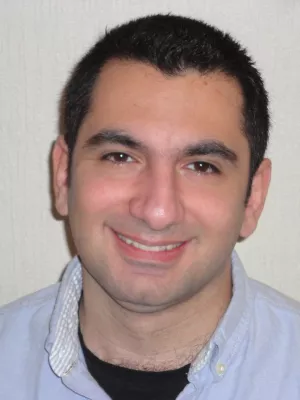
Ilia Farahani
Senior lecturer

Socio-spatial inequality in Tehran, a structural explanation
Author
Summary, in English
Department/s
- Department of Human Geography
Publishing year
2019
Language
English
Links
Document type
Conference paper: abstract
Topic
- Social and Economic Geography
Conference name
The 8th Nordic Geographers Meeting
Conference date
2019-06-16 - 2019-06-19
Conference place
Trondheim, Norway
Status
Published

